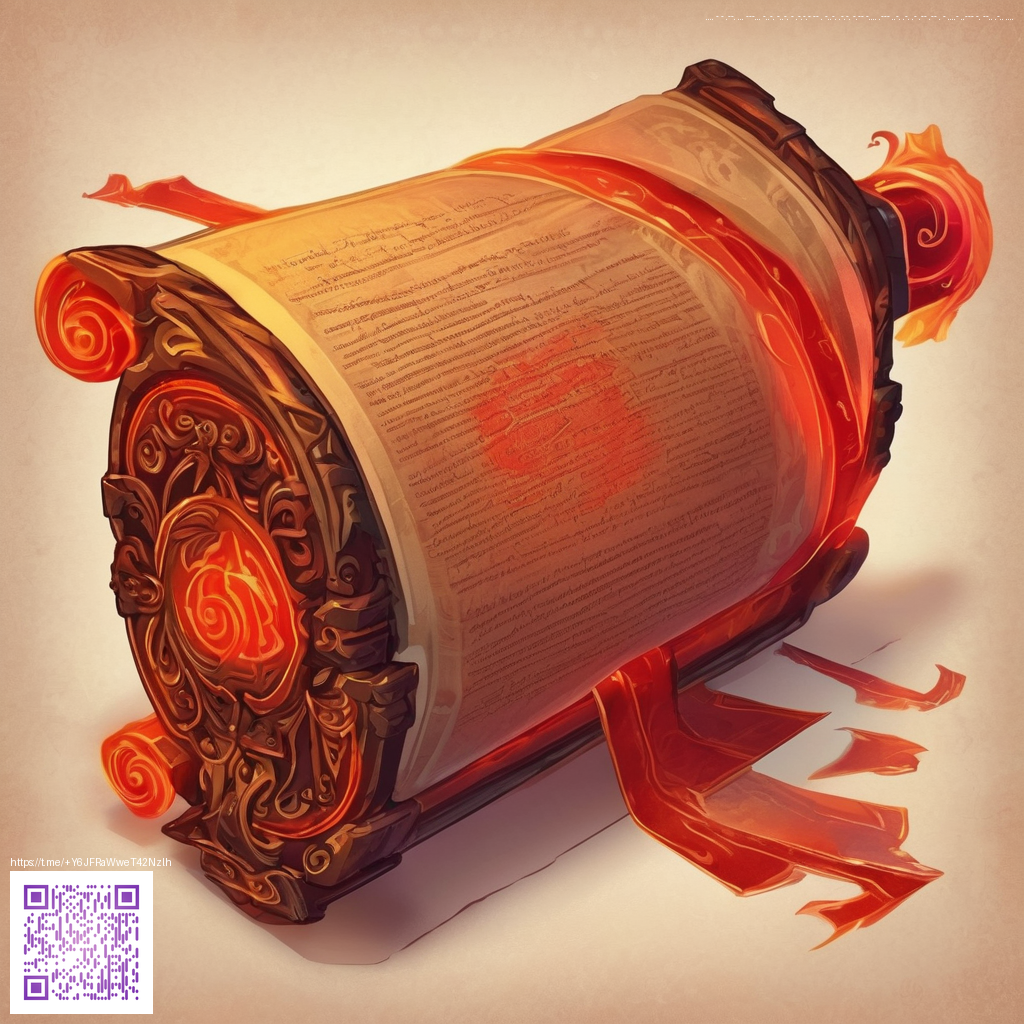
Foundations of Clear Content
Organizing content isn't about rigid templates; it's about reducing cognitive load, guiding readers, and helping them act on ideas. When information is structured well, readers stay engaged longer, and you accomplish more with the same words. 🚀 In this guide, we’ll explore practical methods to organize content for crystal-clear clarity, from planning to presentation.
“Clarity is not a feature; it’s a discipline.”
1. Start with a strong outline
An outline is a map. It helps you decide what to say, in what order, and how to connect ideas. Begin with a simple skeleton: purpose, audience, core ideas, and a logical progression from premise to takeaway. 🗺️ A well-formed outline reduces writer’s block and speeds up revisions.
- Define your goal: What should readers do after finishing?
- Identify your audience: What do they already know, and what do they need to learn?
- List core ideas: Capture 4–6 ideas you’ll cover, in order of importance
- Arrange the flow: Create a sequence that builds understanding, not distractions
With a plan in place, drafting becomes less cluttered and more deliberate. You’ll notice fewer tangents and more precise relevance. ✍️
2. Create a visual hierarchy
Readers skim as much as they read. A clear visual hierarchy communicates urgency and importance before a single word is absorbed. Use descriptive headings, subheadings, and bullets to guide the eye. For example, an organized article uses:
- Headings that capture intent
- Subheadings to break down sections
- Concise paragraphs that stay on topic
- Bullets and numbered lists to simplify steps
When you structure content visually, you empower readers to pick up key ideas quickly. This is especially valuable for tutorials, how-tos, and decision guides. 💡
3. Write with intention and cadence
Clarity isn’t just about what you say; it’s how you say it. Short sentences, concrete nouns, and active voice keep readers engaged. Break long paragraphs into bite-size chunks, and sprinkle emphasis with bold or italics to highlight action items. A calm cadence prevents fatigue and invites trust. 🧭
“Readers stay when the sentences feel earned, not forced.”
4. Support claims with evidence
Clear content shows its work. Use data, examples, and relatable anecdotes to illustrate ideas. If you claim a result, show the path to it. A practical rule of thumb: one claim for every three supporting details. This balance maintains momentum without overwhelming readers. 🧪
5. Iterate with feedback
Clarity improves through revision. Gather feedback from teammates or your audience, then prune redundancies, replace jargon with plain language, and re-check transitions between sections. A simple trick is to read your draft aloud; if a sentence trips, rewrite it. 🗣️
As you refine, you may choose to upgrade your workspace tools. For example, you might invest in a reliable, tactile surface to support smooth, precise cursor control during long drafting sessions. That’s where the product link comes in: non-slip gaming mouse pad — a practical companion for focused work. 🖱️
Another useful resource is a curated reading list or a short glossary at the end of your piece. Glossaries prevent readers from wandering off into ambiguity and cement your terminology in memory. If you’re curious about further tips or want to compare your approach with a widely shared framework, you could explore content guides linked on the page you’re browsing for ideas and context. 🔗
Practical techniques you can apply today
Now that you know the principles, here are quick, actionable steps you can take in a single writing session:
- Draft a one-paragraph purpose statement to anchor your piece.
- List 3–5 reader takeaways and ensure each section supports at least one takeaway.
- Use descriptive headings that answer the reader’s “why” behind each section.
- Insert a single, relevant example per major claim to illustrate your point.
“Clarity is a practice, not a miracle.” It’s about repetitive refinement and ruthless editing. 🧠✨
When your content follows a consistent pattern, readers learn to rely on your structure, which in turn boosts comprehension and retention. The discipline of organization saves time for both writer and reader, turning rough drafts into crisp, actionable content. 🧭✅
For readers who want a quick reference to keep on hand while drafting, consider a minimal kit: a clean workspace, a trusted mouse pad, and a simple outline template. A compact setup makes it easier to maintain focus and momentum during long sessions. 🧰